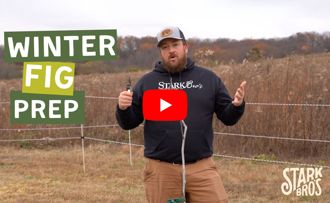Pruning Evergreens
When planting evergreen trees and shrubs, be mindful of their mature height and spread. This knowledge helps guide pruning decisions to prevent the plant from outgrowing its allocated space.
NOTE: This is part 8 in a series of 9 articles. For a complete background on how to grow evergreens, we recommend starting from the beginning.
Timing: Schedule pruning during the dormant season or early spring before new growth begins. Avoid late-season pruning, as it may stimulate tender new growth that is susceptible to frost damage.
Remove Dead or Diseased Branches: Start by identifying and removing dead, diseased, or damaged branches. This not only improves the plant’s appearance but also enhances overall health by preventing the spread of diseases.
Maintain Natural Shape: Preserve the natural shape and form of evergreen trees and shrubs when pruning. Avoid drastic or unnatural shaping, as this can stress the plant and affect its aesthetics.
Prune for Size Control: If size control is necessary, selectively trim back branches to the desired length. Focus on removing the longest or tallest branches while maintaining the overall shape of the plant.
Use Proper Pruning Tools: Invest in high-quality pruning tools such as hand pruners, loppers, and pruning saws. Ensure that the blades are sharp to make clean cuts and minimize stress on the plant. Sterilize your pruning tools with rubbing alcohol or a bleach solution between cuts, especially when dealing with diseased branches. This helps prevent the spread of pathogens.
Avoid Over-Pruning: Over-pruning can weaken evergreen trees and shrubs. Aim to remove no more than 20-30% of the total foliage during a single pruning session to maintain plant vitality.
By following these guidelines, you can ensure that your evergreen trees and shrubs are pruned properly, promoting their health, appearance, and longevity in your landscape.




















